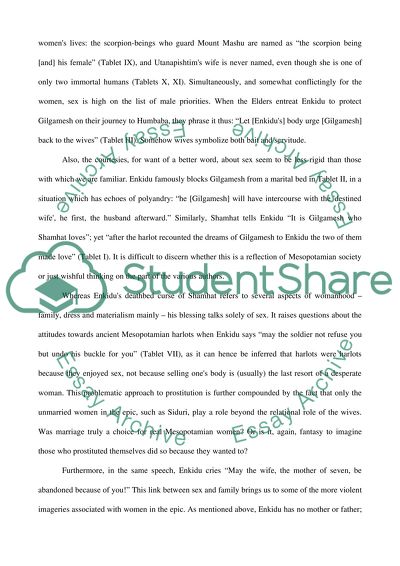Cite this document
(“Graphic Descriptions of Womanhood in The Epic of Gilgamesh Essay”, n.d.)
Retrieved from https://studentshare.org/visual-arts-film-studies/1407841-essay
Retrieved from https://studentshare.org/visual-arts-film-studies/1407841-essay
(Graphic Descriptions of Womanhood in The Epic of Gilgamesh Essay)
https://studentshare.org/visual-arts-film-studies/1407841-essay.
https://studentshare.org/visual-arts-film-studies/1407841-essay.
“Graphic Descriptions of Womanhood in The Epic of Gilgamesh Essay”, n.d. https://studentshare.org/visual-arts-film-studies/1407841-essay.


